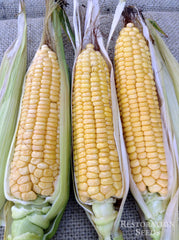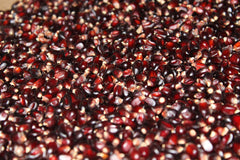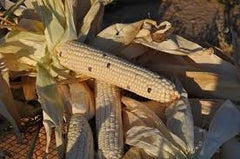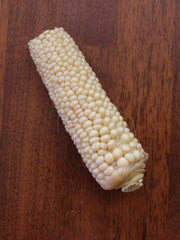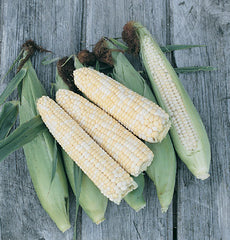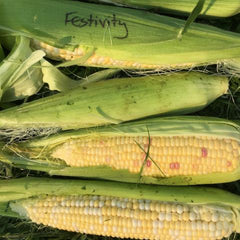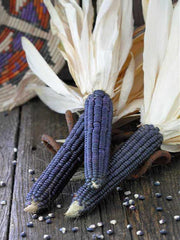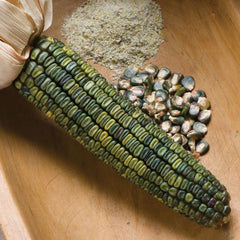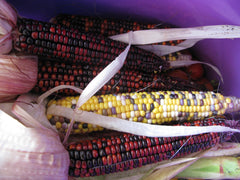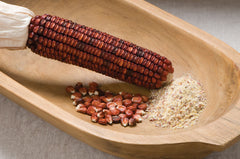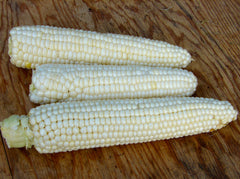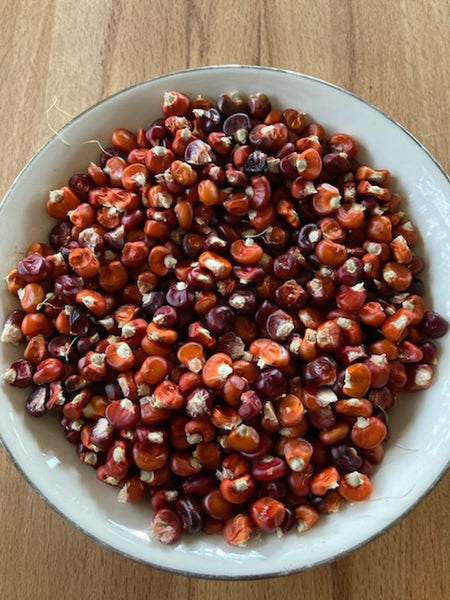Ruby Gem
Zea maysDays from maturity calculated from the date of seeding. Average 120–156 seeds per ounce, about 10–15 pounds per acre. Federal germination standard: 75%. Usual seed life: 5-10 years. Isolation distance for seed saving: 2 miles.
Planting Depth 1-2”
Soil Temp. Germ. 55–65˚F
Days to Germ. 4-12
Plant Spacing 8”
Row Spacing 30”
Days To Maturity 90-110
Full Sun, Moist Well Drained
- 100 Seeds$4.10
- 1/4 lb$18.00
- 1 lb$38.00
Corn has been cultiv...
Corn has been cultivated for at least 5,000 years probably originating in the lowlands of western Mexico. Maize geneticists believe that 90 percent of breeding work in corn had already been done by the time Columbus arrived to find large fields of corn being grown on the island of Hispaniola in 1492. Modern sweet corn most likely descends from flint corns of the northeastern U.S. The sweet corn gene (sugary1, su1) was selected by Native American in at least four additional locations: highlands of Peru, central plateau of Mexico, northwestern Mexico southwestern U.S. and the northern Great Plains. Corn types are sweet corn, starch, parch, flint, dent, popcorn and ornamental. Corn types are sweet corn, starch, parch, flint, dent, popcorn and ornamental.
Native Americans planted corn when the gooseberry bushes were almost in full leaf. They cultivated about 18” diameter, pulled up last year’s dead roots in the spring and formed a hill. Six to eight seeds were planted in the center 9”. Later more earth was hilled up to cover the roots to protect them from the summer sun. Hills were 4’, far enough part so the leaves of mature plants would not touch. Beans and squash were planted after the corn. Beans were planted diagonally between the corn hills across the whole field. Squash was planted in rows outside to separate from the neighbor’s field. Four squash seeds were planted in pairs into opposite sides of a 15” diameter hill.
Companions: squash, pole beans, sunflowers, pumpkins, peas, cucumbers, potatoes, marigold
Inhibitors: tomatoes
